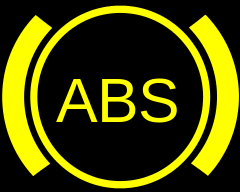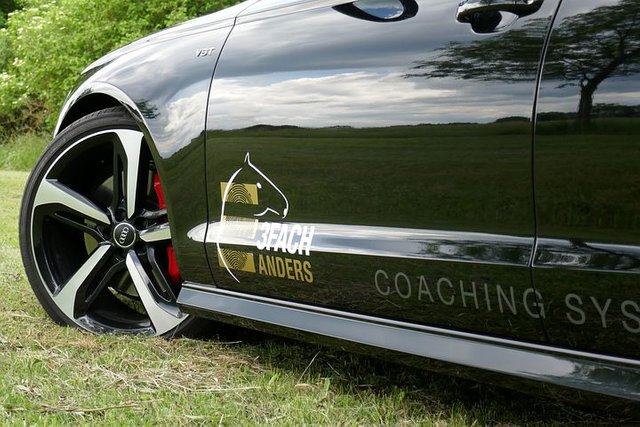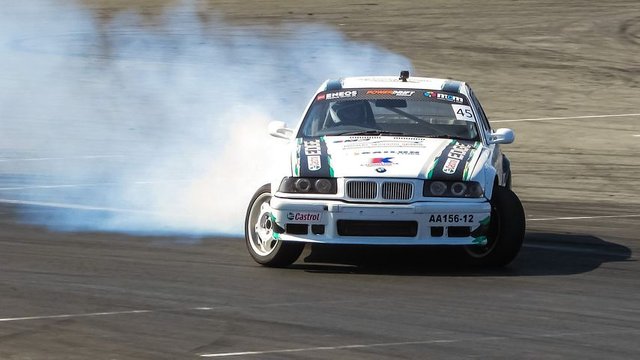Why You Should Have an Antilock Braking System in Your Vehicle (The Complete Physics of Antilock Braking System)
Hello, I Hope you all are fine and I welcome you to my blog once again and thanks for the constant encouragement.
Introduction
Most vehicles we see in this recent times have the antilock braking system, this braking system prevents a driver from losing control of the steering as you apply the brake. Antilock braking system helps to steer the vehicle properly and the system reduces braking distance.
What we would be looking at in this article are
- What is the antilock braking system
- How would the Antilock braking system prevent an accident due to breaking in cars
Understanding the antilock braking system, first, we need to understand the principle of steering and breaking.
Brake mechanism
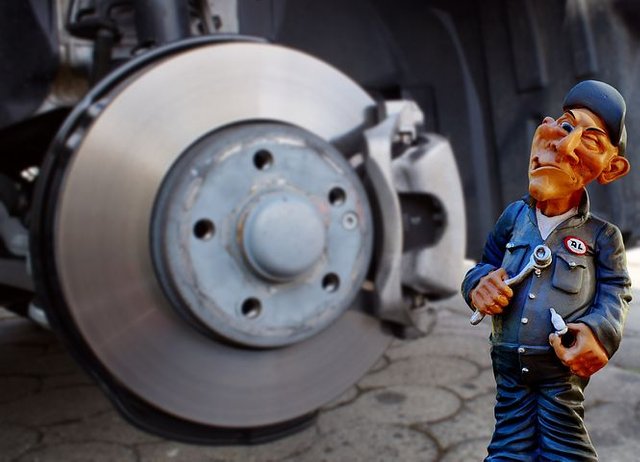 image credit: link public domain
image credit: link public domain
When you press the brake pedal in the vehicle, the brake pads on the wheels will be activated and pressed against the disk and the will stop the rotation of the wheels. As the wheels stop, it slips and stops due to the friction from the road and the wheels.
Steering mechanism
Steering mechanism depends on the principle of wheels rolling. The wheel will always try to avoid slipping on the road which means the velocity of the wheel at the contact point to the ground will always be zero(0) in motion. The wheel has two kinds of motion, the wheel rotates on an axis and moves along the direction of the car. Due to this two kind of motions, there are two kinds of velocity (translational and rotational).
For non-slip rolling conditions, the sum of the translational and rotational motion velocities at the contact point should be equal to Zero(0). Knowing these principles in mind you would understand the steering mechanism perfectly.
In an automobile, taking, for example, a car with four wheels, all the four-wheel should be rolling at all time to avoid the vehicle slipping. This rolling principle is the reason why your car turns when you turn the front wheel. Assuming in an odd situation whereby you turn the wheels and the car does not turn but keeps moving in a straight direction; in this situation, the rolling velocity will be inclined and the translational velocity remains straight which means if you add up both of the velocities, the velocity would not be Zero(0) and would cause the car to slip. The only way to avoid the slip is making sure the translational velocity be inclined and it happens when the whole car makes the turn and when the car turns at the instantaneous centre, all the four wheels of the car would satisfy the condition of rolling.
Analysis of the steering at the time of braking
When the brake pad is been activated by pressing the brake, the wheel would stop spinning and even if the front wheels are turned, there would be no rotational velocity because the wheel is not rolling. In this case, the vehicles don't need to turn because it is practically the normal case of a rapid brake application where the vehicle will not react to the driver's changes from the steering and the vehicle would slip in a straight line and can probably cause an accident. Apart from losing control of the steering, cars without antilock braking system face instability issue, when braking on surfaces with different levels of traction and can make the car rotate not tumble. When the left and right wheel are on different traction surfaces, applying the brake will generate different frictional forces on the wheel and it would produce torque and the car would spin more like an unplanned drift whereby the driver lost control of the car.
How does the Antilock Braking system Solves the issue
An antilock braking system prevents a situation whereby you apply the brake and the brake pad doesn't just lock up the disk, it reduced the speed gradually depending on how the pressure is been applied. The antilock braking system includes speed centres attached to all the wheels of the vehicle, when the centre detects the wheel is about to lock up, a modulator unit partially release the brake pad on that wheel and that way the wheels would be allowed spin intermediately during braking. We must have experienced it when we apply the brake of our cars and it does not just stop there would be jerking until it finally stops. In that situation, the wheel would have the rotational velocity on like when the car does not have an antilock braking system and would allow the staring to function which means the driver can still have control of the car.
The confusion here now is how he does the action of intermediately releasing the brake reduced the braking distance?
First, let's understand how the coefficient of friction between the tyre and the road varies with respect to slip. In a perfect rolling condition, the value of the frictional coefficient is nearly Zero(0), also when the wheel is 100% slipping, sliding friction comes into the picture and frictional value for other levels of slippage should vary as shown below
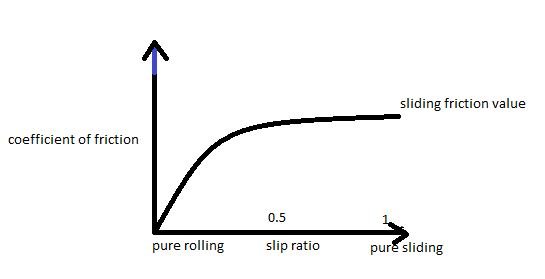
Source: Gustafson, F, monitoring tire-road friction using the wheel slip, IEEE 1998
Since the material of tyre is rubber which is a complex material and has strange behaviour during braking, the frictional coefficient between the tyre and the road varies as shown below with respect to slippage and it has a pick value of 12% of slip ratio. Below and above this, the frictional coefficient reduces.

Source: Gustafson, F, monitoring tire-road friction using the wheel slip, IEEE 1998
During braking without antilock braking system, the frictional coefficient is predominantly sliding friction, however, in the antilock braking system, the clever algorithm adjust the brake pressure to keep the slip ratio near to 12% where the frictional value is at the maximum and this significantly reduces the braking distance.
Let look at the instability issues of the cars.
With electronic braking distribution which is the subsystem of the modern antilock braking system, it is possible to overcome the issue very easily. In electronic braking distribution the rate of the car and the relative slip of each wheel is measured just by reducing the brake pressure on the wheel and with higher grip, we would be able to reduce the frictional force produced by this wheels and would keep the entire car under control.
Conclusion
From the explanation above I believe we understand the workings of the antilock braking system and also the principles apply for motorcycles with the antilock braking system. You must have seen that ABS sign in your vehicle and don't know what it stands for but today you know.
PS: Having antilock braking system does not mean you should drink and driver I know u won't do that the ABS does stop your car but makes your braking safer, making you have control while braking as well and avoid the accident that is caused by braking.
Most times brake didn't fail in an accident and they claim the brake failed. it is just the absence of antilock braking system to reduce brake distance.
References for more information
If you write STEM (Science, Technology, Engineering, and Mathematics) related posts, consider joining #steemSTEM on steemit chat or discord here. If you are from Nigeria, you may want to include the #stemng tag in your post. You can visit this blog by @stemng for more details.

Thanks for your time
@osariemen
